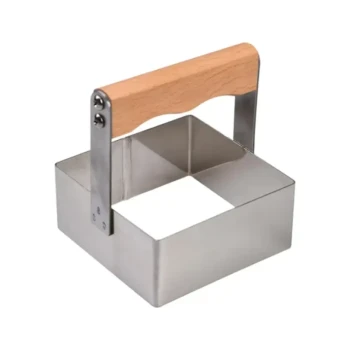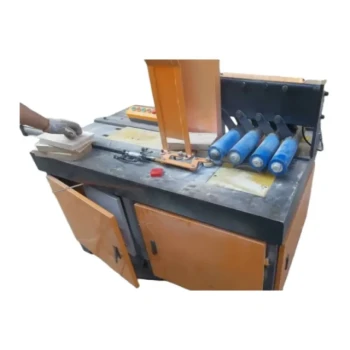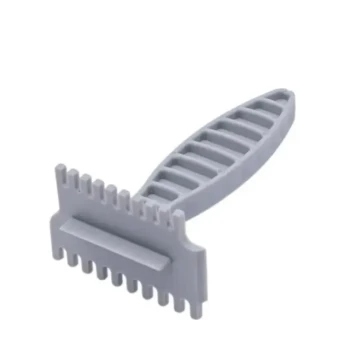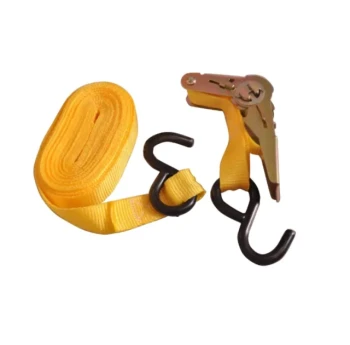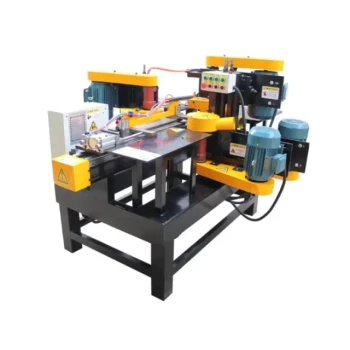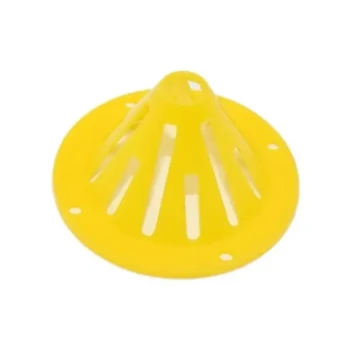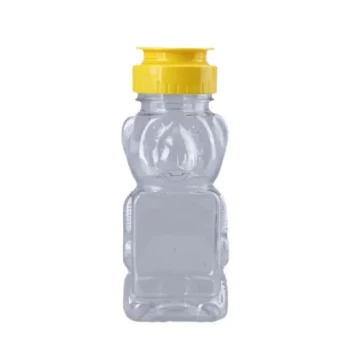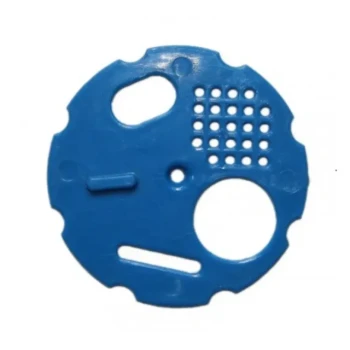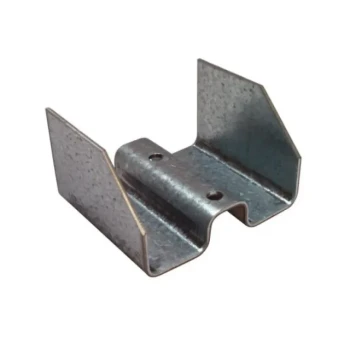To make honey, you don't actually make it—the bees do. Your role is to provide and manage the environment for them to thrive. The essential equipment falls into four main categories: the hive components that house the bees, the protective gear for your safety, the tools for managing the hive, and the equipment for harvesting the honey.
The core principle for a new beekeeper is to think in phases. You need the hive and protective gear to start, but the expensive honey extraction equipment isn't necessary until your first harvest, which may be a year away.
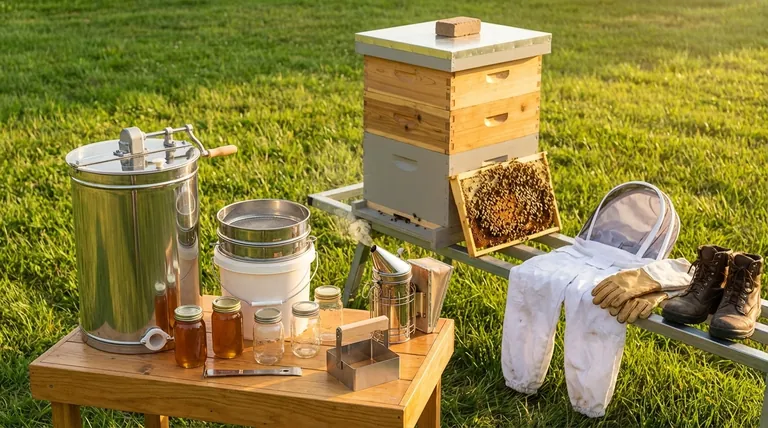
The Foundation: The Beehive Itself
A modern beehive, known as a Langstroth hive, is a system of modular, stackable boxes. Each component serves a distinct purpose for the colony.
The Hive Stand
This elevates the hive off the ground. It protects the bottom board from moisture and rot while improving ventilation and discouraging pests.
The Bottom Board
This is the floor of the hive. It can be solid or screened; a screened bottom board is often preferred for better ventilation and monitoring for Varroa mites.
Hive Bodies (Brood Box & Supers)
These are the main boxes of the hive. The larger, deeper box on the bottom is the brood chamber, where the queen lays her eggs. The shallower boxes stacked on top, called honey supers, are where the bees will store surplus honey for you to harvest.
Frames and Foundation
Each hive body contains removable frames. These frames hold a sheet of foundation—typically beeswax or plastic imprinted with a honeycomb pattern—which gives the bees a guide for building straight, manageable combs.
The Inner Cover
This piece sits on top of the uppermost box. It provides a dead air space for insulation and has a notch to allow for an upper entrance or ventilation.
The Outer Cover
Often called the telescoping cover, this is the hive's roof. It fits over the inner cover and top box to protect the colony from the elements.
Your Personal Protective Equipment (PPE)
Working with thousands of stinging insects requires respect and proper protection. Never skimp on your safety gear.
The Beekeeper's Suit or Jacket
A full suit or a jacket provides a critical barrier between you and the bees. Light-colored, smooth fabric is less alarming to bees than dark, fuzzy materials.
The Veil
This is non-negotiable. A veil protects your face and neck from stings. It is typically attached to a helmet or the suit's hood and should be kept taut and away from your skin.
Gloves
Beekeeping gloves protect your hands and are typically made of leather or goatskin, extending up the arm for added protection. While some experienced keepers work barehanded, gloves are essential for beginners.
Footwear
Closed-toe boots, preferably light in color, are a must. You should tuck your suit legs into your boots to prevent bees from crawling up your legs.
Essential Hive Management Tools
You only need two primary tools to perform most hive inspections and management tasks.
The Smoker
A smoker is a small metal can with a bellows that you use to puff cool, white smoke into the hive. This smoke masks the bees' alarm pheromones, which keeps them calm and makes them less likely to sting during an inspection.
The Hive Tool
This is the beekeeper's crowbar. It is used to pry apart hive boxes and frames, which the bees glue together with a substance called propolis. It is also used for scraping away excess wax and propolis.
Harvesting the Honey: Extraction Equipment
This equipment is only needed when you have a honey crop to harvest, so it can be a future purchase.
An Uncapping Tool
Before you can extract honey, you must remove the wax cappings the bees place over each filled cell. This can be done with a special heated knife, a serrated knife, or a spiked roller.
A Honey Extractor
An extractor is a machine that uses centrifugal force to spin honey out of the frames without destroying the comb. Small-scale extractors are often hand-cranked, while larger operations use motorized ones.
A Strainer or Sieve
Once extracted, the honey must be strained to remove bits of wax and other debris. A double sieve system, with a coarse mesh followed by a fine one, is standard.
Honey Jars and Containers
You will need food-grade buckets for collecting the strained honey and glass jars or other containers for final bottling and storage.
Understanding the Trade-offs & Common Pitfalls
Making smart initial investments is key to enjoying beekeeping without unnecessary expense or frustration.
Starting Too Big, Too Soon
The most common mistake is buying a full "everything included" kit with honey extraction equipment in your first year. A new colony needs that first season to build up, and it's unlikely you will get a significant harvest. Postpone that purchase.
Skimping on Protective Gear
An unpleasant stinging experience can quickly sour your enthusiasm for the hobby. Always invest in a quality veil and suit or jacket. Peace of mind is priceless when you are learning to handle bees.
Forgetting Ongoing Costs
Your initial equipment is just the start. Remember to budget for the bees themselves, potential feed (sugar), pest treatments, and additional hive bodies as your colony expands.
How to Prioritize Your Equipment Purchases
Your purchasing strategy should directly align with your stage in the beekeeping journey.
- If you are just starting your first colony: Focus solely on a complete hive, your personal protective gear, and the essential smoker and hive tool.
- If you are approaching your first honey harvest: Now is the time to purchase an uncapping tool, an extractor (or plan to rent one from a local club), and your straining and bottling supplies.
- If you are looking to expand your operation: Consider investing in a more efficient, motorized extractor and begin purchasing additional hive components in bulk to save on costs.
Ultimately, equipping yourself for beekeeping is a phased process that grows alongside your experience and the strength of your colonies.
Summary Table:
| Equipment Category | Essential Items | Purpose |
|---|---|---|
| The Beehive | Hive Stand, Bottom Board, Brood Box, Honey Supers, Frames & Foundation, Covers | Provides a safe, structured home for the honey bee colony. |
| Protective Gear (PPE) | Beekeeper's Suit/Jacket, Veil, Gloves, Closed-Toe Boots | Protects the beekeeper from stings during hive inspections. |
| Hive Management Tools | Smoker, Hive Tool | Essential for calming bees and prying apart hive components. |
| Harvesting Equipment | Uncapping Tool, Honey Extractor, Strainer, Jars/Containers | Used to harvest, process, and bottle honey (purchase later). |
Ready to build a thriving apiary?
As a trusted wholesale supplier, HONESTBEE equips commercial apiaries and beekeeping equipment distributors with the durable, high-quality gear detailed in this guide. We understand the needs of growing operations, from foundational hive components to efficient extraction systems.
Let us help you scale your success with reliable equipment sourced for performance and value. Contact our team today to discuss your wholesale needs and get a quote.
Visual Guide
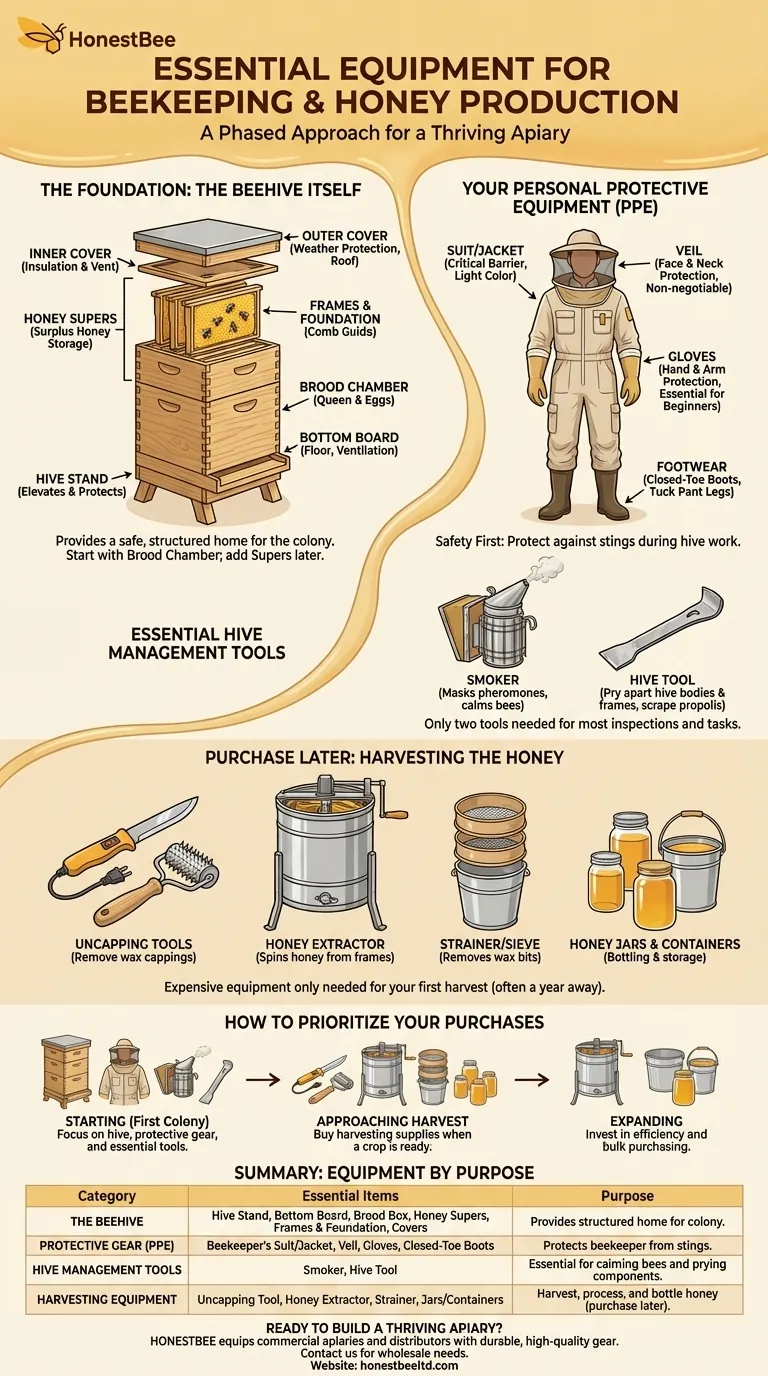
Related Products
- Heavy Duty Stainless Steel Honeycomb Cutter
- Professional Galvanized Hive Strap with Secure Locking Buckle for Beekeeping
- Professional Wide Blade Honey Scraper for Beekeeping and Honey Processing
- Stainless Steel Manual Honey Press with Guard for Pressing Honey and Wax
- Yellow Plastic Bucket Pail Perch for Beekeeping
People Also Ask
- How should combs with honey be handled during harvesting? A Beekeeper's Guide to a Clean, Efficient Harvest
- What qualities are important for someone starting in beekeeping? Build a Thriving Apiary with the Right Mindset
- Why is it important to use clean wax for candle making? Ensure a Clean, Even Burn
- What is the basic principle of the honey extractor? Harness Centrifugal Force for Efficient Harvesting
- What are the uses of honey in various industries? Unlock Its Functional Power in Food, Pharma & Cosmetics
